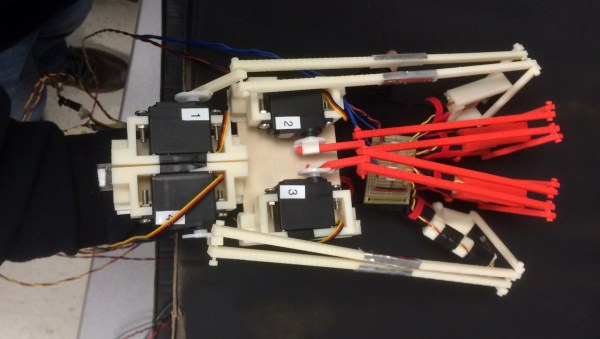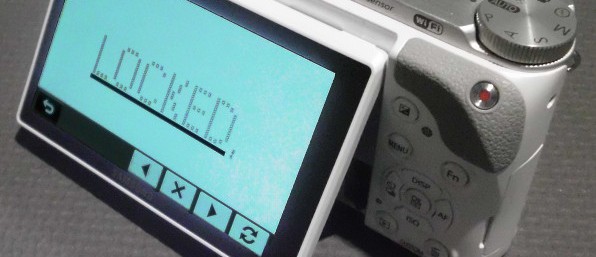Whilst the original Sting glowed blue as a defensive alert, Spark’s “WarSting” is all about aggression. The project hacks a toy Hobbit sword and teaches it to glow blue when vulnerable WiFi is detected. Once alerted, combat ensues. If its bearer slashes, the sword will battle the helpless network, swinging and clanging until it acquires an IP from the defeated DHCP server. Once conquered, the sword publishes a “Vanquished” message to Spark’s cloud, teaching the sword to ignore it from thenceforth.
While “wardriving” has not really been a thing since the first Lord of the Rings movie came out, the last time we saw someone do something similar the hardware was limited to detecting WiFi, not connecting.
Spark CEO [Zach] chose the particular sword because it could be disassembled without being cut apart and already came equipped with easily-hackable LEDs, motion control, and sound effects. Naturally he added one of his own products – the Spark Core – to the hilt to graft WiFi features onto the weapon (a cheaper alternative would be an MCU of your choice and the new ESP8266). The project then hijacks the LED lighting, sound, and hit detection sensor. Our readers can probably come up with some more imaginative actions to take once connected, though the project’s existing code for the Core is published on Github. As-is, in many jurisdictions even merely connecting to an unsecured WiFi these days is unlawful so beware your local restrictions.
Lots of companies could simply advertise the easy way and while obviously an ad, the WarSting is still a creative and fun hack.
See the video below for the sword in action and a Spark’s lore regarding the hack. Thanks [Chris] for the tip.
Continue reading “Hobbit Sword Glows Blue, Vanquishes Unprotected Wifi”


















